Copyright © 2025 Motivate Media Group. All rights reserved.
This minimal house on Mexico’s Riviera Maya combines pure lines and a soft palette
Nestled in the jungle, the home blends indoor and outdoor spaces

Located a short distance from the beach, this 335-square metre property – built and designed by CO-LAB, which was founded and led by Joana Gomes and Joshua Beck – took around 24 months to complete, with the pandemic and related challenges to navigate. After living in New York for several years, the owner – originally from Belgium and in the real estate business – decided to move to Tulum, Mexico. The house he purchased was for his personal use, plus holistic activities – such as sound healing, ceremonies and gatherings – and rental purposes when he was not there.
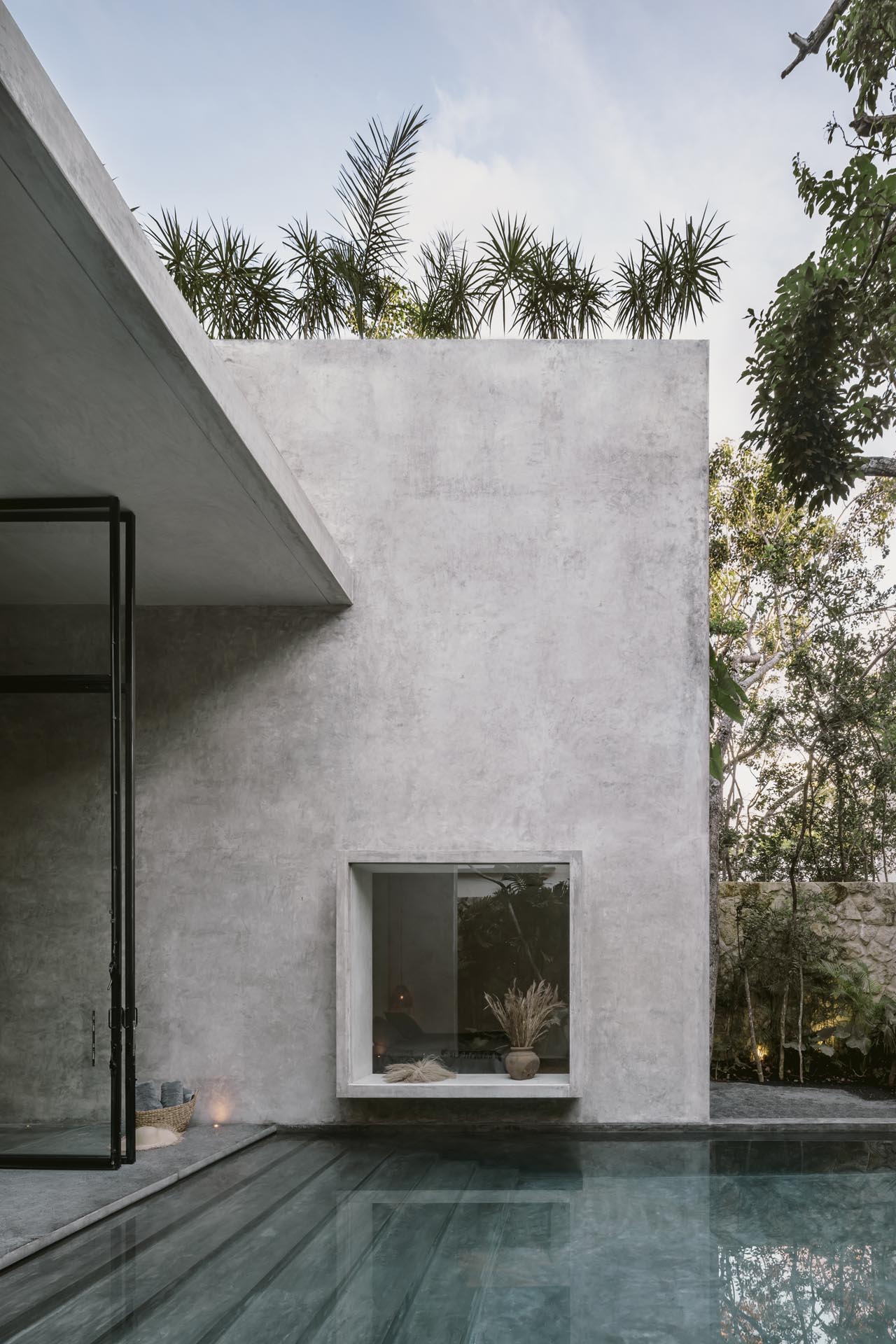
“We think the house reflects a quality of peacefulness and tranquillity, while being sophisticated and timeless, which perfectly matches the homeowner’s style and personality,” says Gomes. “He is very calm and was looking to slow down after a few busy years in the city.”
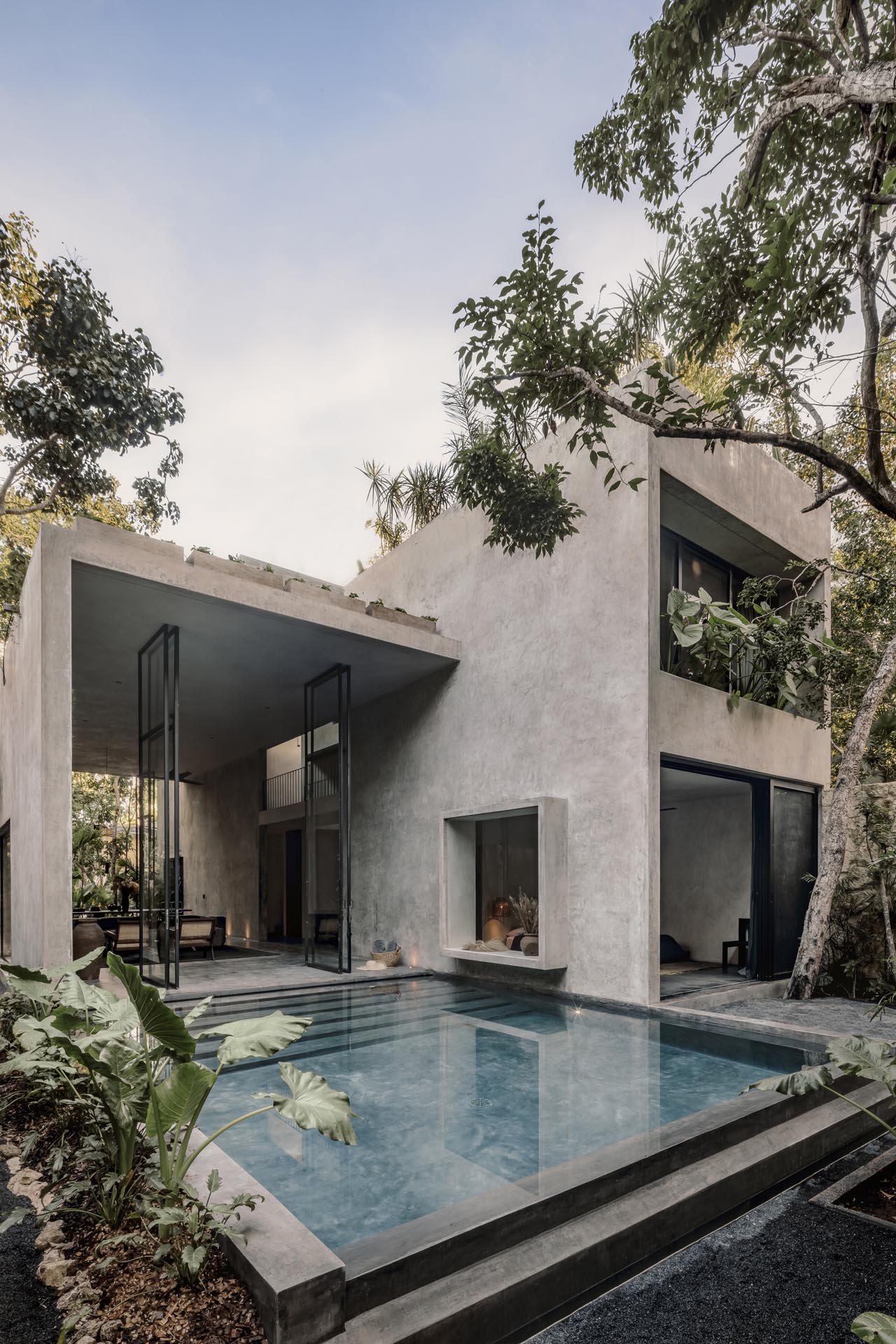
Surrounded by tropical plants, the house is composed of two parallel volumes. The first, with two levels, accommodates four en suite bedrooms – two on the ground floor, including the main bedroom, which has direct access to the pool and garden, and two upstairs that are connected through a bridge crossing the central space – with views to the jungle. The same volume also hosts the kitchen, staircase and service areas. The second, single-storey, double-height volume comprises the social areas (living and dining room), which open up to the exterior on three sides through floor-to-ceiling pivoting glass doors. The roof terrace complements the experience with its 360-degree panorama.
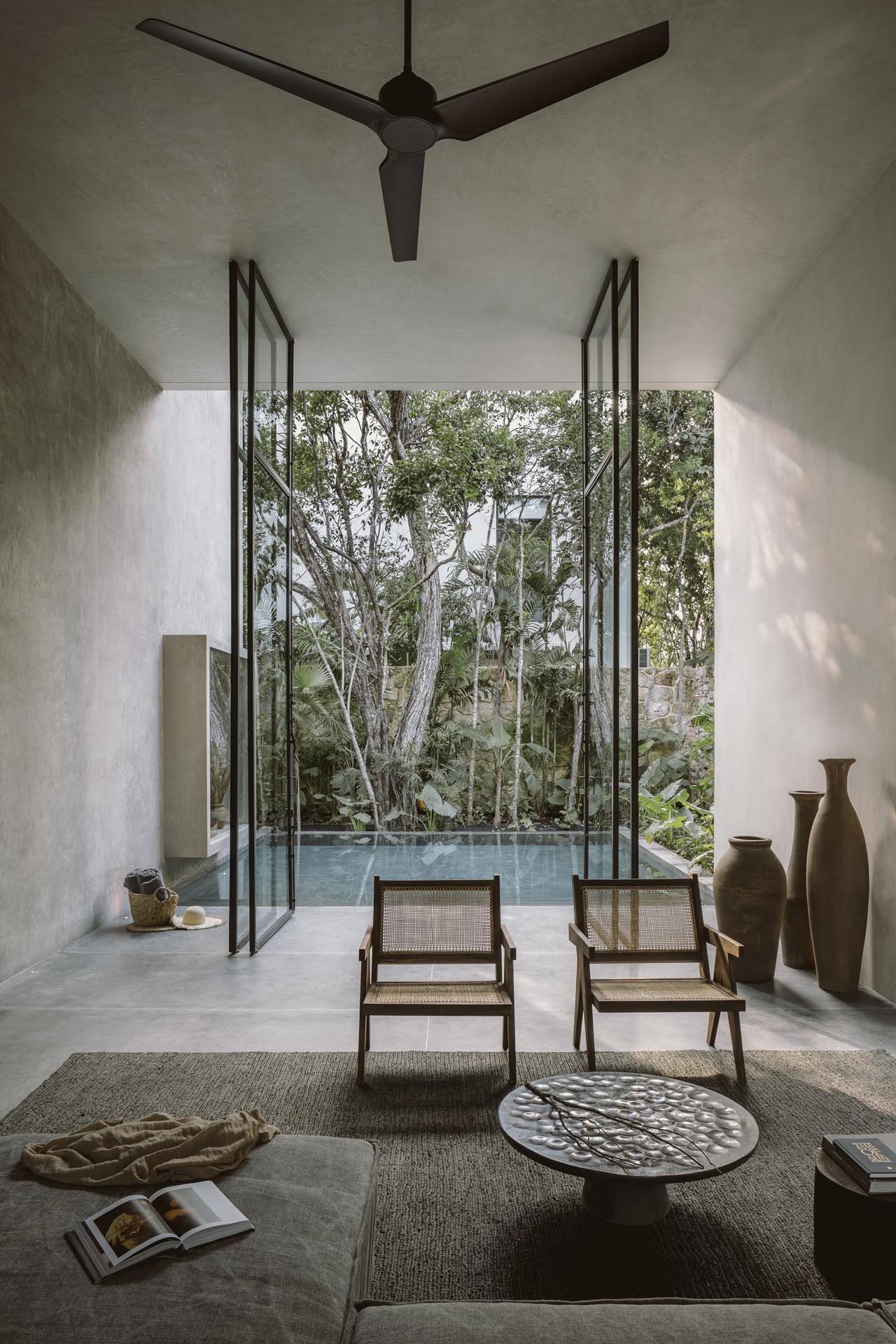
“There were several adult trees on the plot, including a 60-year-old tzalam tree in the backyard, that we wanted to preserve,” remembers Gomes. “The house is positioned and volumetrically distributed to integrate these trees as part of the architecture, through extended views and shades.”
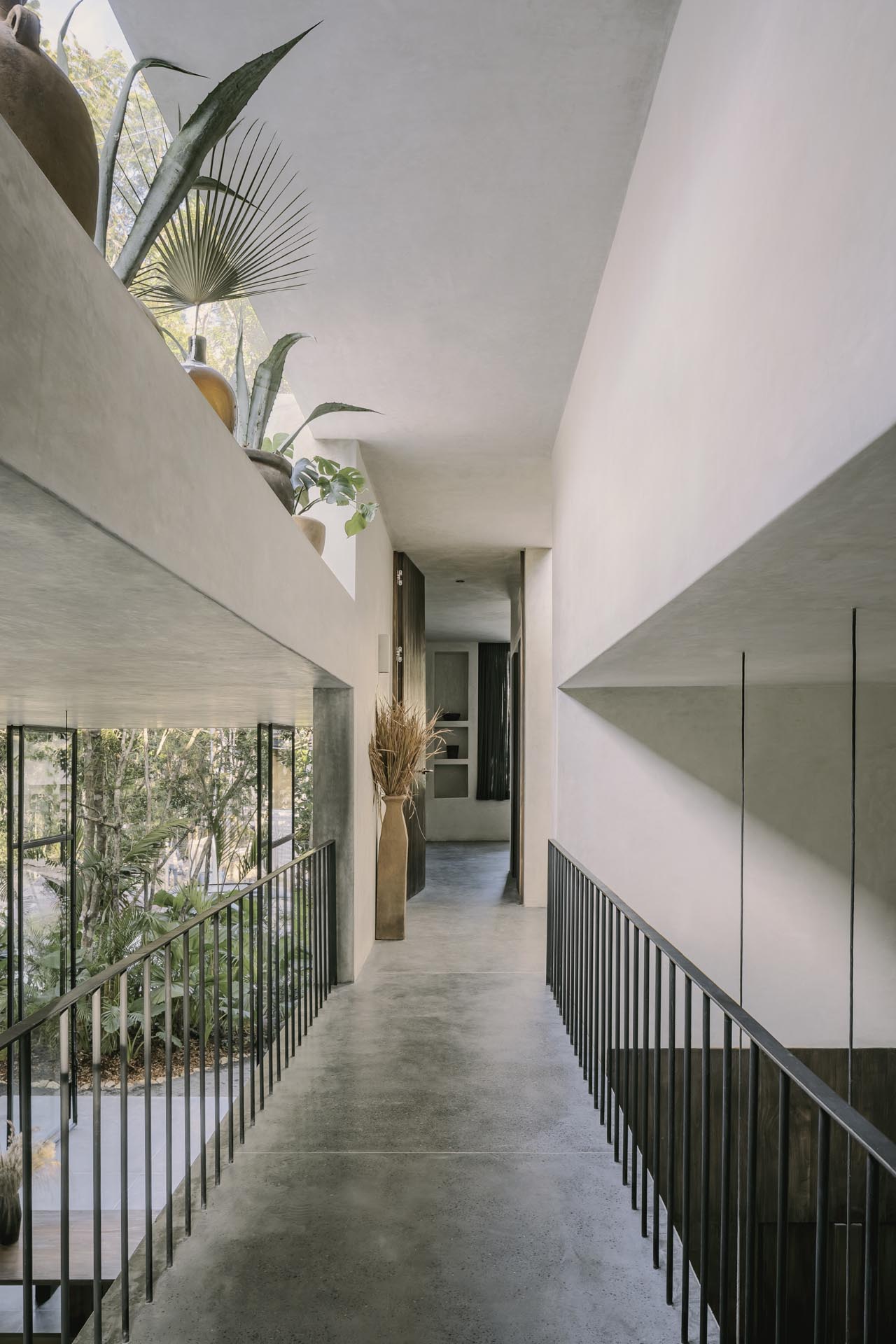
Oriented east-west to take advantage of the prevailing winds and achieve optimal cross-ventilation, the house features north-oriented skylights that fill the different spaces with indirect natural light and create soft contrasts.
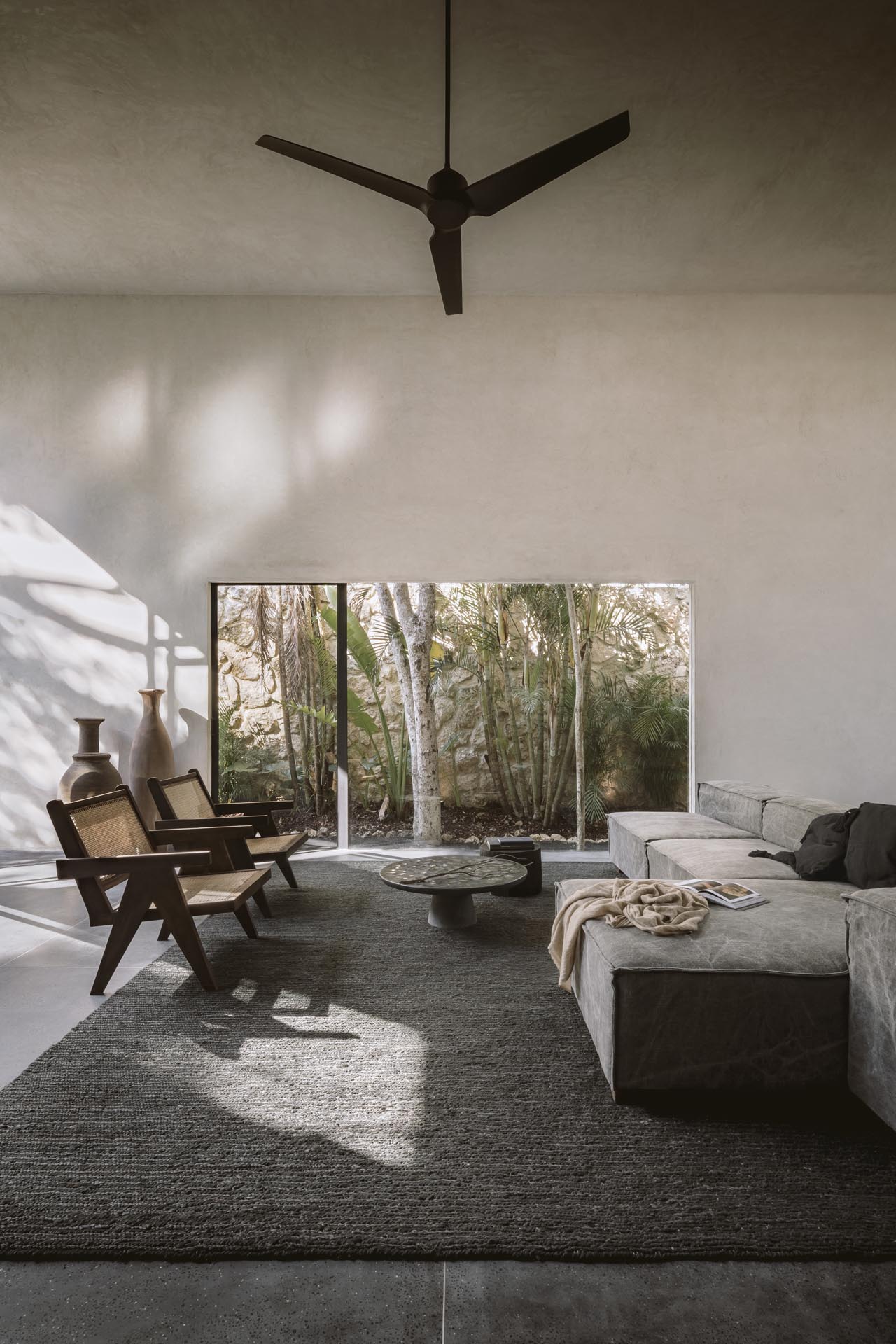
“The owner loves lofty spaces, which had a great impact on the choice of colours and materials,” Beck says. “The palette with warm grey tones helps to blend the house with the surroundings, providing a neutral background to the lush vegetation while conveying a sense of belonging.”
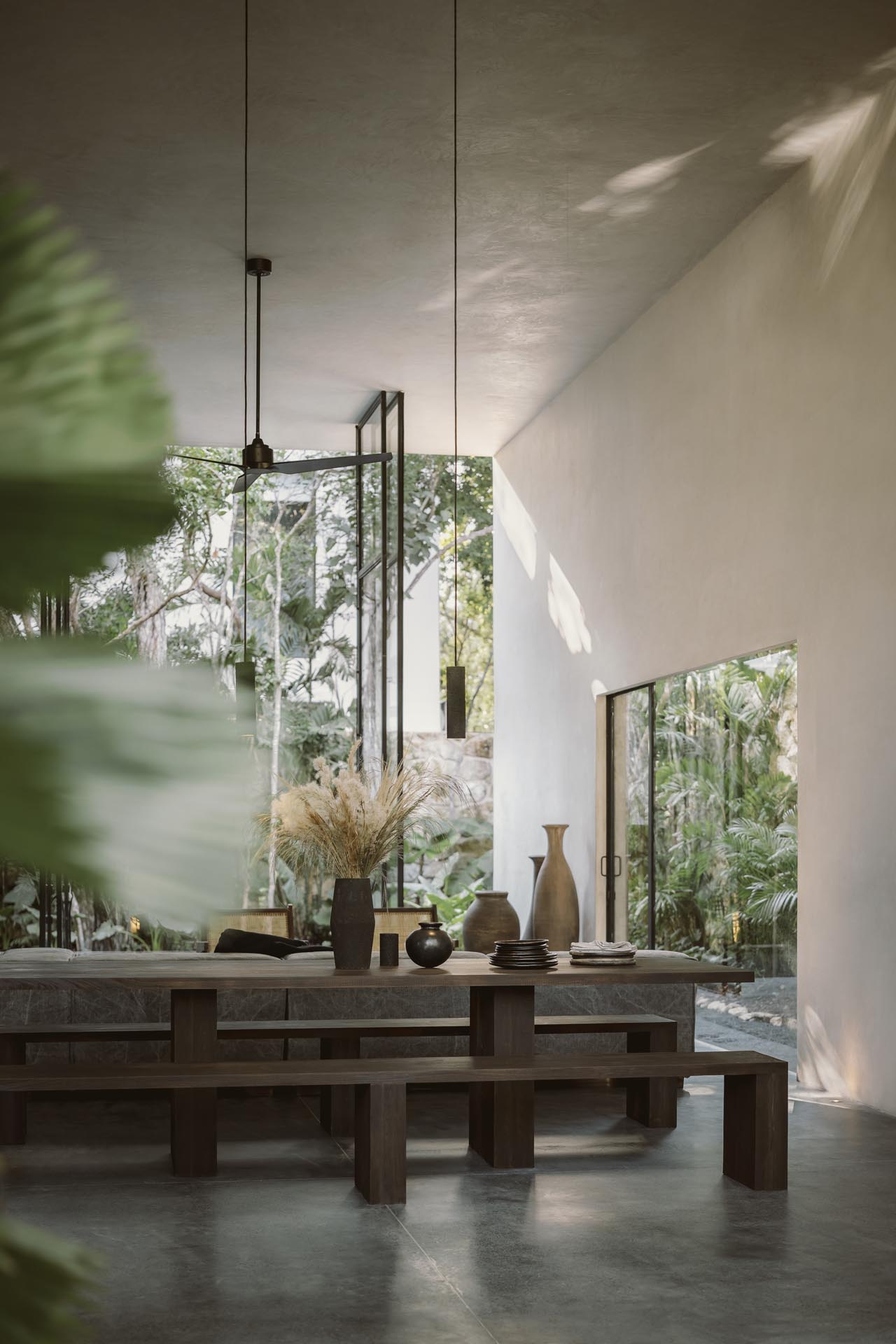
The perimetral stone wall was built from stone extracted on site; the polished concrete walls balance with the black terrazzo floors; and the charred cedar wood carpentry brings some warmth. “These materials are extremely resilient and easy to maintain in Tulum’s hot, humid climate with a saline atmosphere,” notes Gomes.

Most of the furnishings and light fixtures were custom-designed and fabricated by local artisans, including the 4.6-metre-tall metal doors. “We particularly love the coffee table we made in our studio,” Beck confesses. In the bedrooms, the chairs were created from Gerrit Rietveld’s design and fabricated by a local carpenter. In the living room, Pierre Jeanneret armchairs combine with a sofa from Tulum store Casa Atica, while the kitchenware is by Colectivo 1050° from Oaxaca.
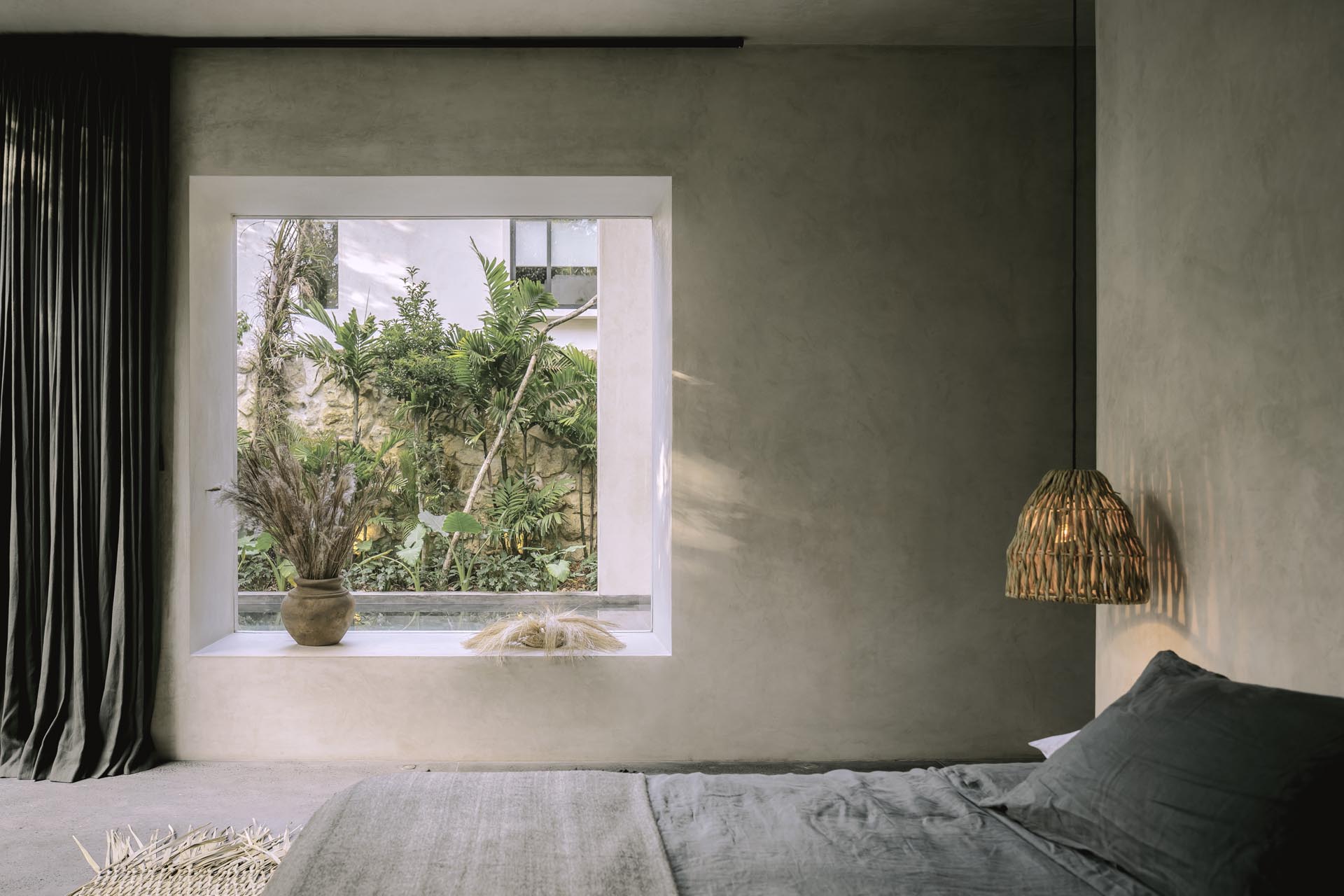
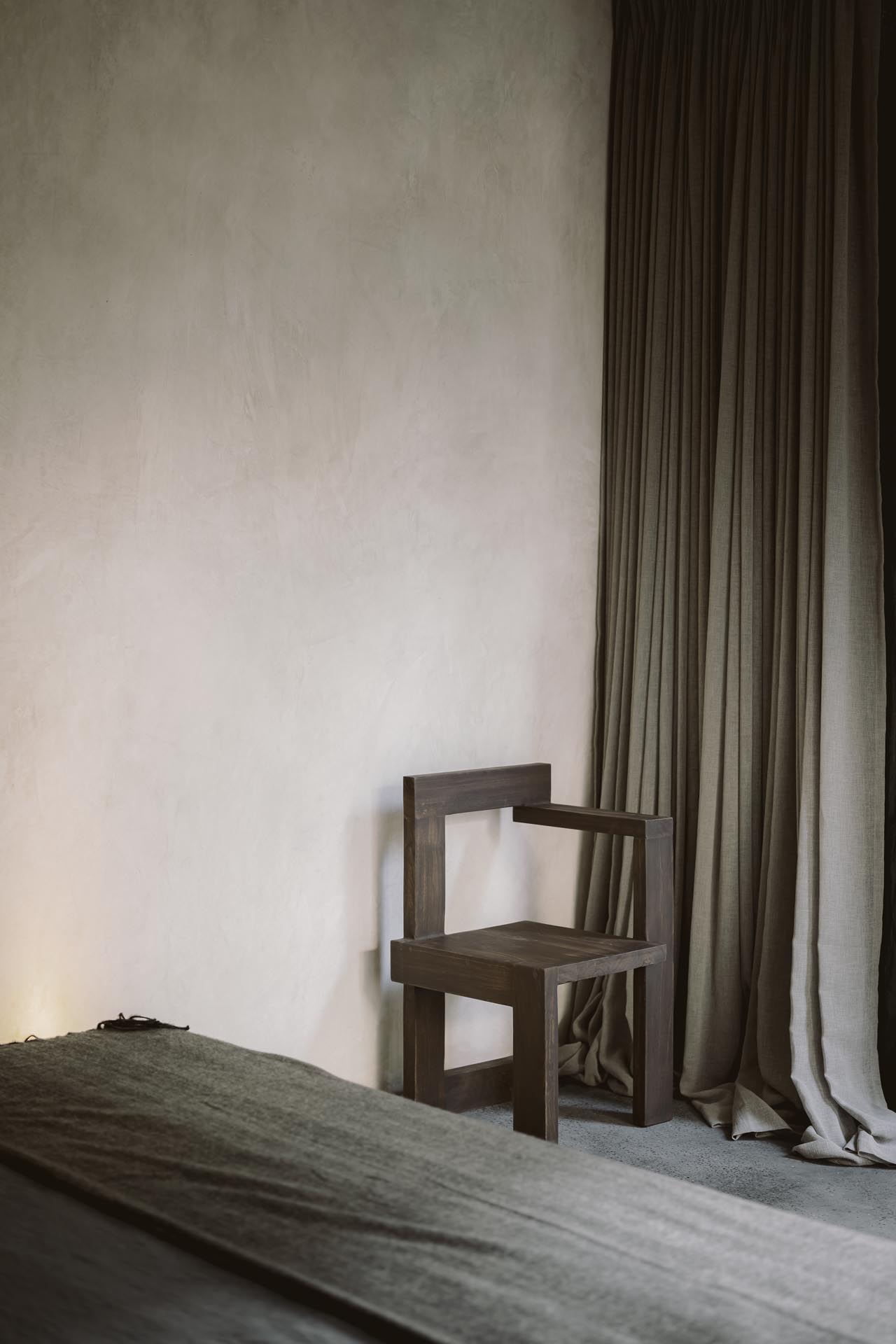
“It is quite a simple, modest structure,” describes Gomes. “It provides, however, a variety of special moments that are unique in [terms of] their relationships between architecture, water and nature. The house blends with its context as if it has always been there.”
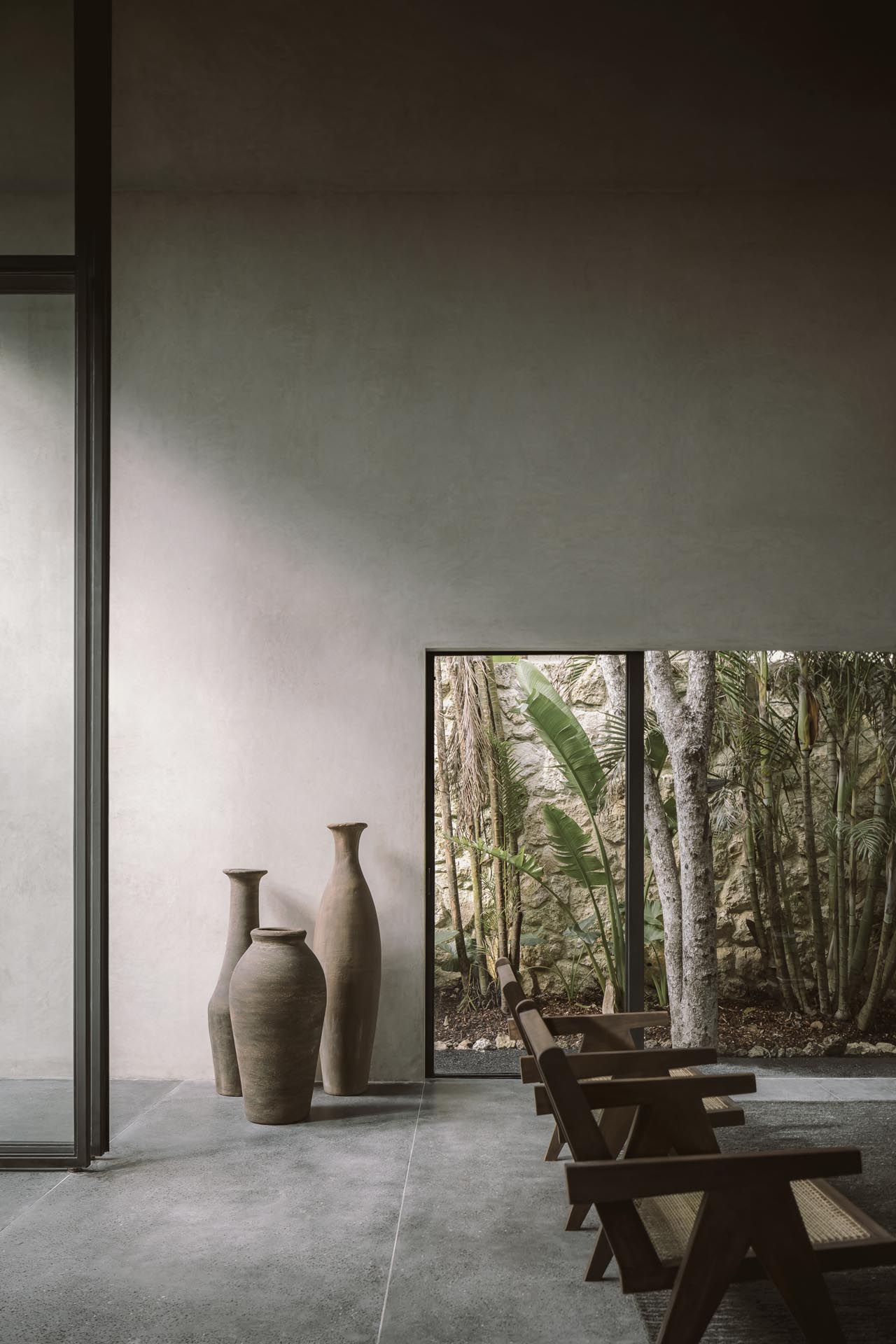
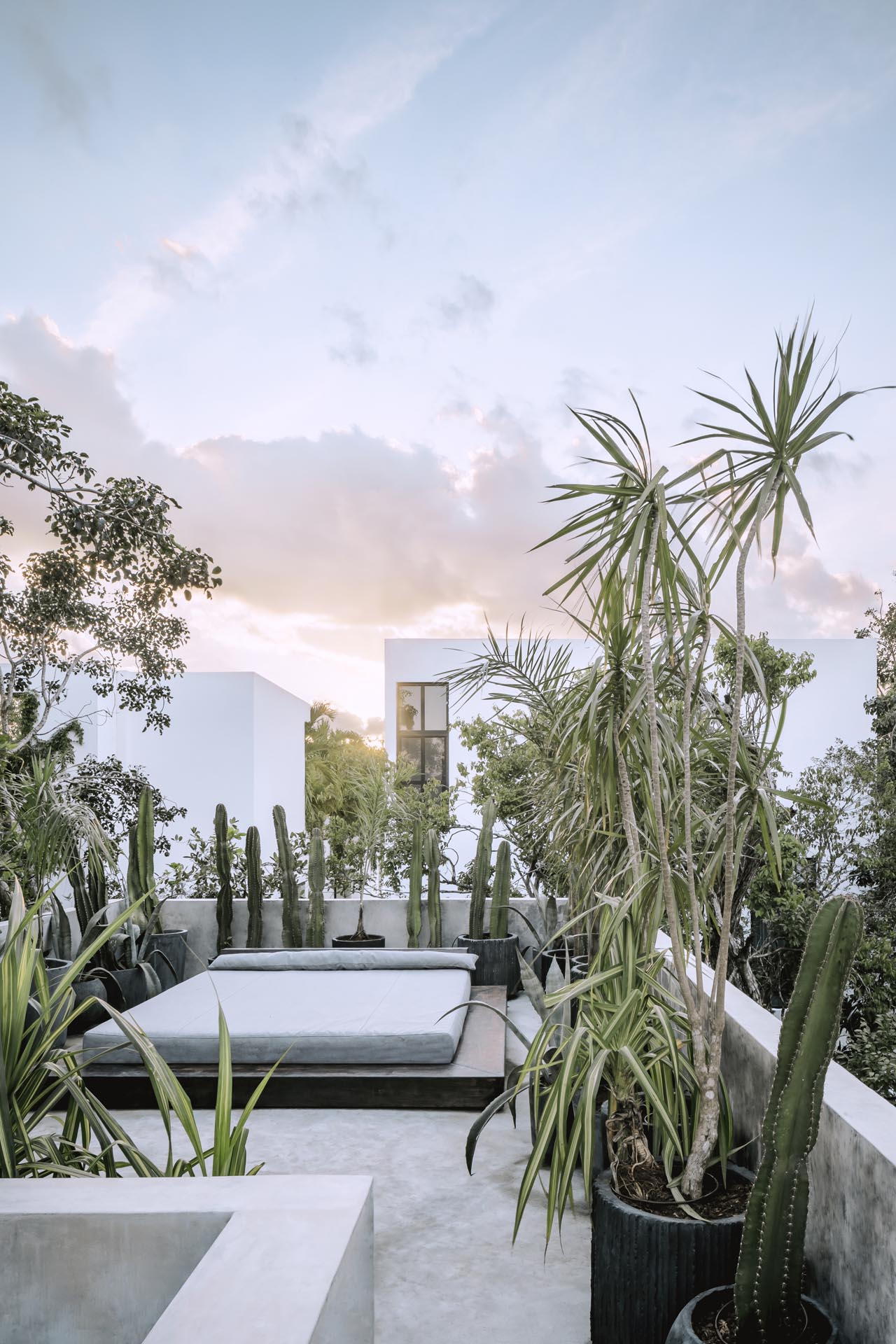
In addition to fitting the needs and corresponding to the taste of its inhabitant, this project exemplifies CO-LAB’s approach and philosophy. “All our collaborators share a strong bond with nature and spend a lot of their free time outdoors,” Gomes says. “We try to create calming ambiences that make the buildings and their users feel more connected to their natural settings, resulting in grounded, peaceful atmospheres. We do so through a certain rawness, which defines our work but is then softened by the landscape, organic materials and handcrafted furnishings. The result is an earthy environment, which seamlessly ties together interior and exterior.”
The Latest
How Eywa’s design execution is both challenging and exceptional
Mihir Sanganee, Chief Strategy Officer and Co-Founder at Designsmith shares the journey behind shaping the interior fitout of this regenerative design project
Design Take: MEI by 4SPACE
Where heritage meets modern design.
The Choreographer of Letters
Taking place at the Bassam Freiha Art Foundation until 25 January 2026, this landmark exhibition features Nja Mahdaoui, one of the most influential figures in Arab modern art
A Home Away from Home
This home, designed by Blush International at the Atlantis The Royal Residences, perfectly balances practicality and beauty
Design Take: China Tang Dubai
Heritage aesthetics redefined through scale, texture, and vision.
Dubai Design Week: A Retrospective
The identity team were actively involved in Dubai Design Week and Downtown Design, capturing collaborations and taking part in key dialogues with the industry. Here’s an overview.
Highlights of Cairo Design Week 2025
Art, architecture, and culture shaped up this year's Cairo Design Week.
A Modern Haven
Sophie Paterson Interiors brings a refined, contemporary sensibility to a family home in Oman, blending soft luxury with subtle nods to local heritage
Past Reveals Future
Maison&Objet Paris returns from 15 to 19 January 2026 under the banner of excellence and savoir-faire
Sensory Design
Designed by Wangan Studio, this avant-garde space, dedicated to care, feels like a contemporary art gallery
Winner’s Panel with IF Hub
identity gathered for a conversation on 'The Art of Design - Curation and Storytelling'.
Building Spaces That Endure
identity hosted a panel in collaboration with GROHE.
















